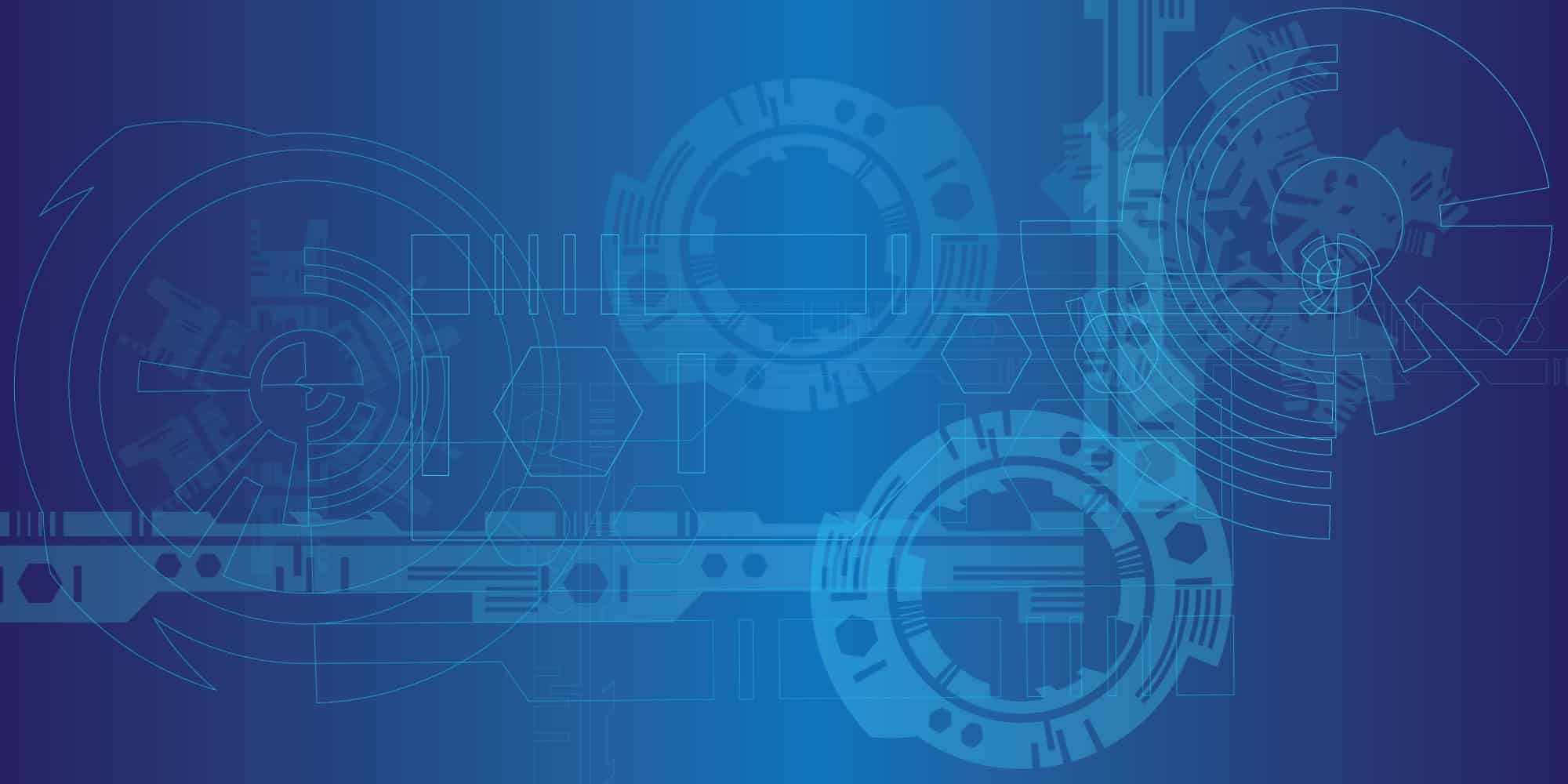
When I hear that someone wants to implement an idea, I tend to think about the negative repercussions associated with that. I can imagine a boot with a tough heel, trampling people underfoot. Accompanying that, I hear the laughter of the baddy that can be heard in all children’s series.
Implementation is the last thing you should do, though. As Rhinelander Jaap Peters says: ‘If you have to implement an idea, then you’re too late’.
Innovation process models mostly stem from Anglo-American contexts. In these models, the implementation phase comes at the end. The same applies to models dealing with design and creativity. For example, the UK Design Council design model, ‘Deliver‘ is the last triangle. Although ‘Deliver‘ sounds better than ‘Implementing‘, it still tends to sound pretty bad. When it comes to Creative Problem Solving, the final phase is called ‘acceptance finding‘. A nice term, however. Except that it is placed in the wrong part of the model.

Ambassadors
Implementation is not the final phase. Every innovation process begins with implementation. Think of the kick-off of an innovation process as the start of the implementation process.
Toss something red into a group of greens and everyone is freaked out. Once you understand how that red came about, or if you were part of it yourself, it is much easier to accept that red. This is why it is so extremely important to have the right people around the table at your innovation sessions. You need ambassadors to promote the idea. You need people who can explain to greens why red is good.
I’m not sure that metaphor works that well.
Acceptance process
My point is: it is much more important to have the right people around the table than to have creative people around the table. Creativity can inspire you on the spur of the moment. Triggering the right people when the time comes, seems somehow more difficult to me. Although that may be due to my lack of knowledge of holograms.
The bottom line is still: implementation is the first step of an innovation process and runs through the whole process as a parallel acceptance process. By looking at implementation in a 180-degree different way, you also end up with different innovation processes.
Better ones, as far as I’m concerned.

